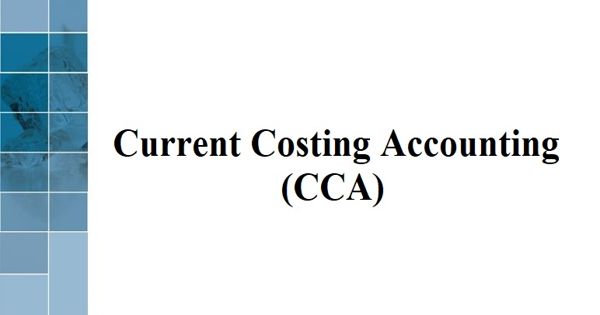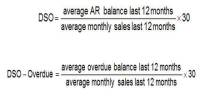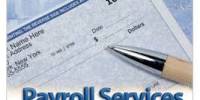Current Costing Accounting (CCA) Approach
The current costing method is an alternative to the current purchasing power (CPP) method. The financial accounting term’s current cost accounting refers to an approach that values assets at their fair market value rather than historical cost. CCA approach was introduced in 1975 to overcome the difficulties of the CPP method. Actually, the CPP method applies the retail price index for finding out the conversion factors to restate the income statement and balance sheet. The objective of the current cost accounting method is to report the financial assets and liabilities of a company at their fair market value rather than historical cost. So the CPP approach was criticized by the business world. The method of accounting for inflation favored by the Inflation Accounting Committee set up by the government in 1974 under the chairmanship of Mr. F. E. Sandilands.
“The objective of the current cost accounting method is to report the financial assets and liabilities of a company at their fair market value rather than historical cost.”
The current costing accounting (CCA) approach recognizes the changes in the price of individuals due to the change in the general price level. In practice, it would be impracticable to determine the fair market value of all the assets and liabilities held by a corporation. This is the method which includes the process of preparing and interpreting financial statement in such a way that relevant change in the price is considered significant. Critics of the approach believe investor-analysts would have trouble determining which values are based on historical cost versus their replacement cost.
The features of this method are:
- Stocks are shown at their net replacement value.
- Depreciation is calculated at the current value of assets.
- Gain/ loss due to the changes in the price level are shown in a separate statement.
- Inventory consumed is valued at the price at the date of consumption.
The adoption of the Current Cost Accounting Technique in place of Current Purchasing power of Replacement Cost Accounting Technique for price level changes. In the CCA method, the assets are valued on a current cost basis. It does not consider the retail price index. This system takes into account price changes relevant to the particular firm or industry rather than the economy as a whole. It seeks to arrive at a profit which can be safely distributed as a dividend without impairing the operational capability of the firm. This method considers the replacement value of the assets for its real accounting records. The value of assets at which it is to be replaced in the future is called the replacement value. The financial statements are drawn up here on the assumption that the purchasing power of money is stable over time. Sometimes it is known as the replacement cost accounting approach also. Under this method, each financial statement is to be restated in terms of the current value of such items.
















